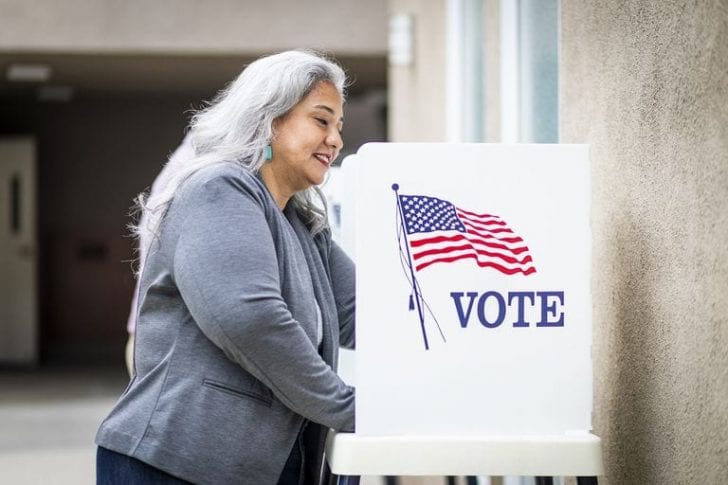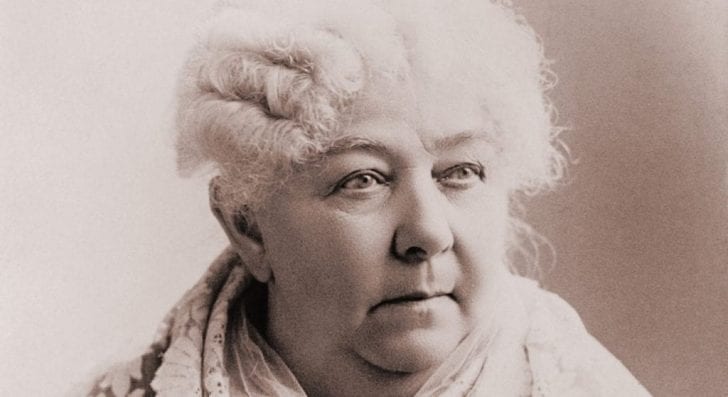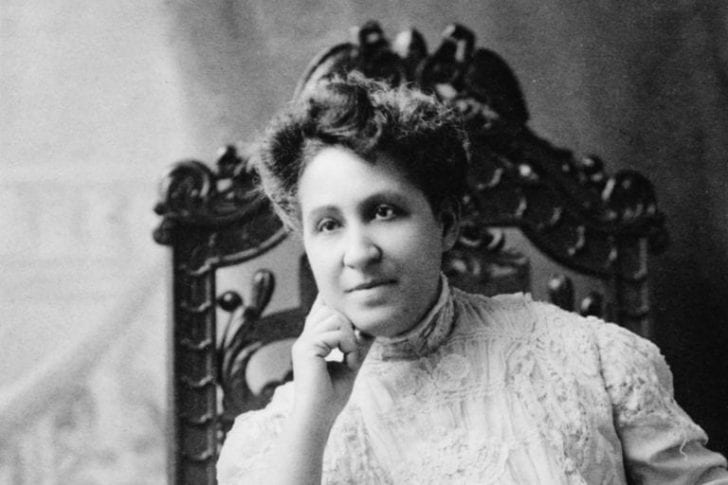One of the fundamental rights we have as human beings is to vote, which underlines just how important the public is in decision-making in government.
However, this wasn’t always the case – at least for women. The road to getting that opportunity wasn’t smooth as well, and there’s definitely a lot of visionaries we should be thankful for because they fought long and hard to make sure that electing the right people they deem fit would be possible for everyone, men and women alike.
Myths Surrounding Women’s Suffrage

Those who have studied history may not find the abovementioned facts interesting, however, not everything we read that is based on what allegedly went down in history is true.
There are common misconceptions that up until now are taught in schools, proving that we may have relied on myths all the while, which was what was shown in the “Votes for Women: A Portrait of Persistence,” an exhibition in Smithsonian Gallery that bares the chaotic moments on the road to success.
Seneca Convention as the Start of the Movement
We’ve always learned that the 1848 meeting in Seneca Falls, New York was monumental, with many people believing that it began the movement, however, Carnegie Mellon University associate professor Lisa Tetrault begged to differ.
The scholar further contends that the event, albeit significant for demanding the right to vote for women in the United States, wasn’t to be credited for the launch of the Suffrage movement.
To back her claims up, the author of “The Myth of Seneca Falls: Memory and the Women’s Suffrage Movement, 1848-1898” said that attendees didn’t give any special importance to it and no one saw the convention as the start of the movement.

Then how did Elizabeth Cady Stanton, who is considered the principal philosopher of the movement, and her recruit Susan B. Anthony become the leaders of this?
Tetrault argues that the cohort constructed the legend to push their positions as the pioneers of the movement.
The author further narrated that Susan wasn’t even at the 1848 convention, but news reports said otherwise.
What cemented their founding titles was the “History of Woman Suffrage,” which noticeably missed out on African-American women.
Clash
Not all women were in good terms during the time, which was evident during the 1869 American Equal Rights Association meeting where Elizabeth left a very controversial message condemning the possibility that white women would fall inferior to black men who used to be slaves.
Historian Martha S. Jones noted that the supposed suffragist leader was clearly going against the 15th Amendment.
This resulted in two groups of white women: the National Woman Suffrage Association led by Elizabeth and Susan, and the American Woman Suffrage Association of Lucy Stone.

By 1890s the National Association of Colored Women was formed by Mary Church Terrell and Ida B. Wells. Elizabeth and Susan, meanwhile, got funding from George Francis Train, which may have disdained their image throughout.
However, Kate Clarke Lemay, the exhibition curator, believes the duo had to make a tough decision because they were left with no choice. Either they accept the money or the movement will be no more.




